Crossing Cultures: Conflict, migration and convergence. The proceedings of the 32nd International Congress of the History of Art
Miegunyah Press, $200 hb, 1126 pp
Notions of oneness
The discipline of art history in Australia has passed through four stages. The foundations were laid in the 1940s with the arrival of three eminent émigrés. Ursula Hoff, schooled in the rigours and erudition of the Warburg Institute, came first. Franz Philipp, a Dunera survivor, well educated in the Viennese School, under Julius von Schlosser and others, came next. Then came Joseph Burke, first Herald Professor of Fine Arts at the University of Melbourne, and a product of the Courtauld Institute in London and the Anglophiliacs of Yale. Hoff would become the first trained art historian to work in a public Australian art gallery. Over the years, she made the Prints and Drawings Room at the National Gallery of Victoria a powerhouse of scholarship and connoisseurship. Burke and Philipp joined forces to create the Department of Fine Arts. Burke modestly proclaimed that ‘Franz was the architect and I was the builder’; I suspect that Philipp felt he was both.
Continue reading for only $10 per month. Subscribe and gain full access to Australian Book Review. Already a subscriber? Sign in. If you need assistance, feel free to contact us.


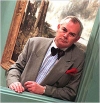
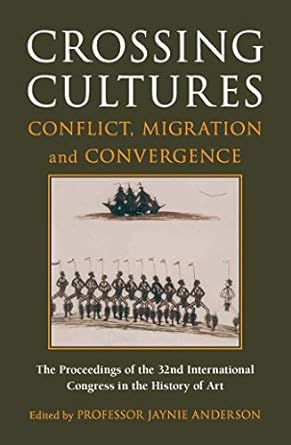
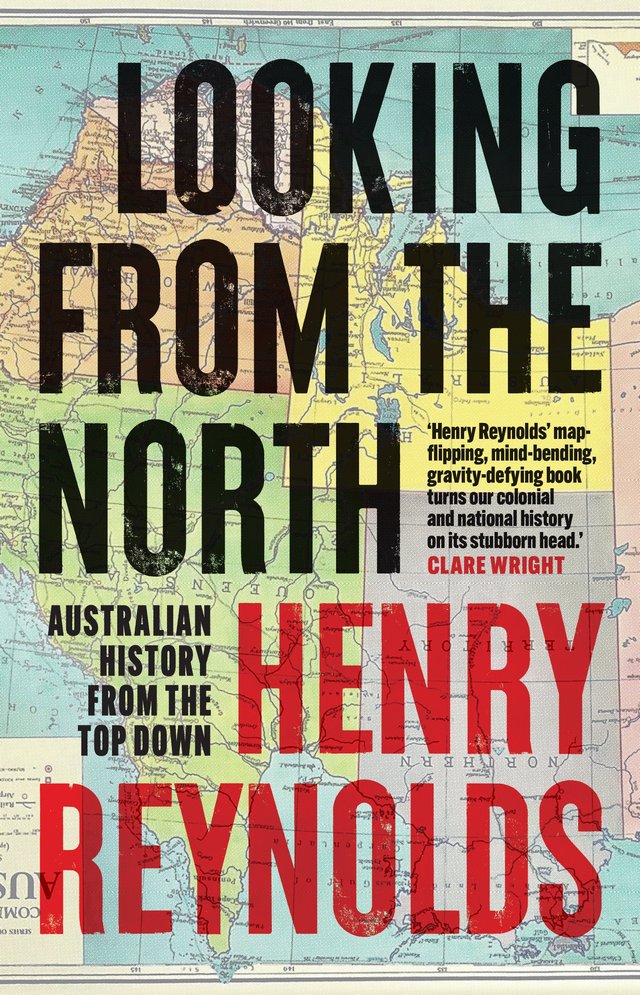


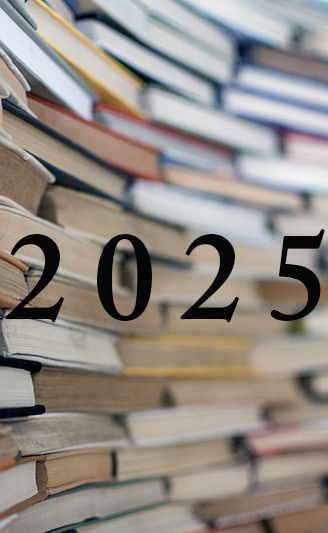
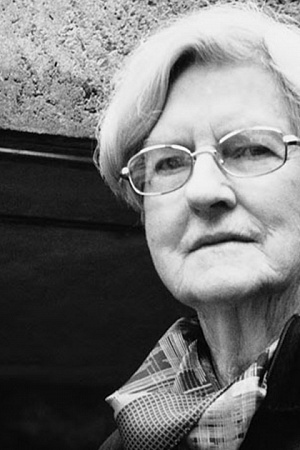

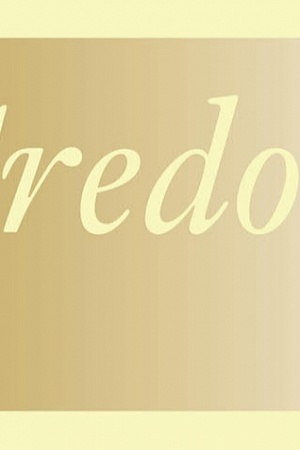

Leave a comment
If you are an ABR subscriber, you will need to sign in to post a comment.
If you have forgotten your sign in details, or if you receive an error message when trying to submit your comment, please email your comment (and the name of the article to which it relates) to ABR Comments. We will review your comment and, subject to approval, we will post it under your name.
Please note that all comments must be approved by ABR and comply with our Terms & Conditions.